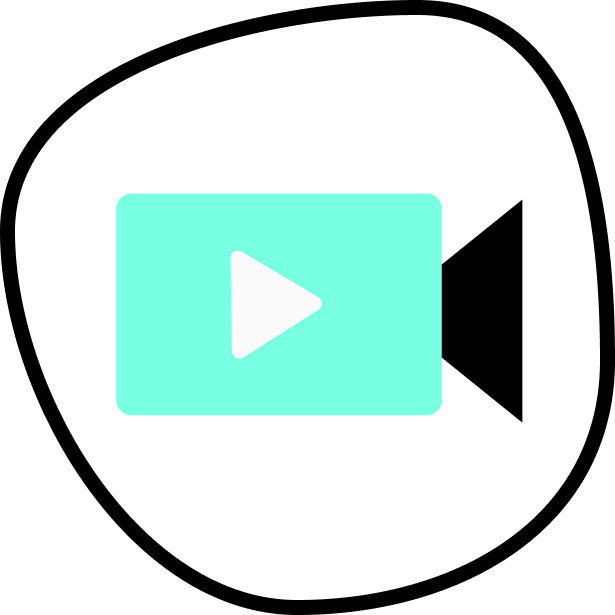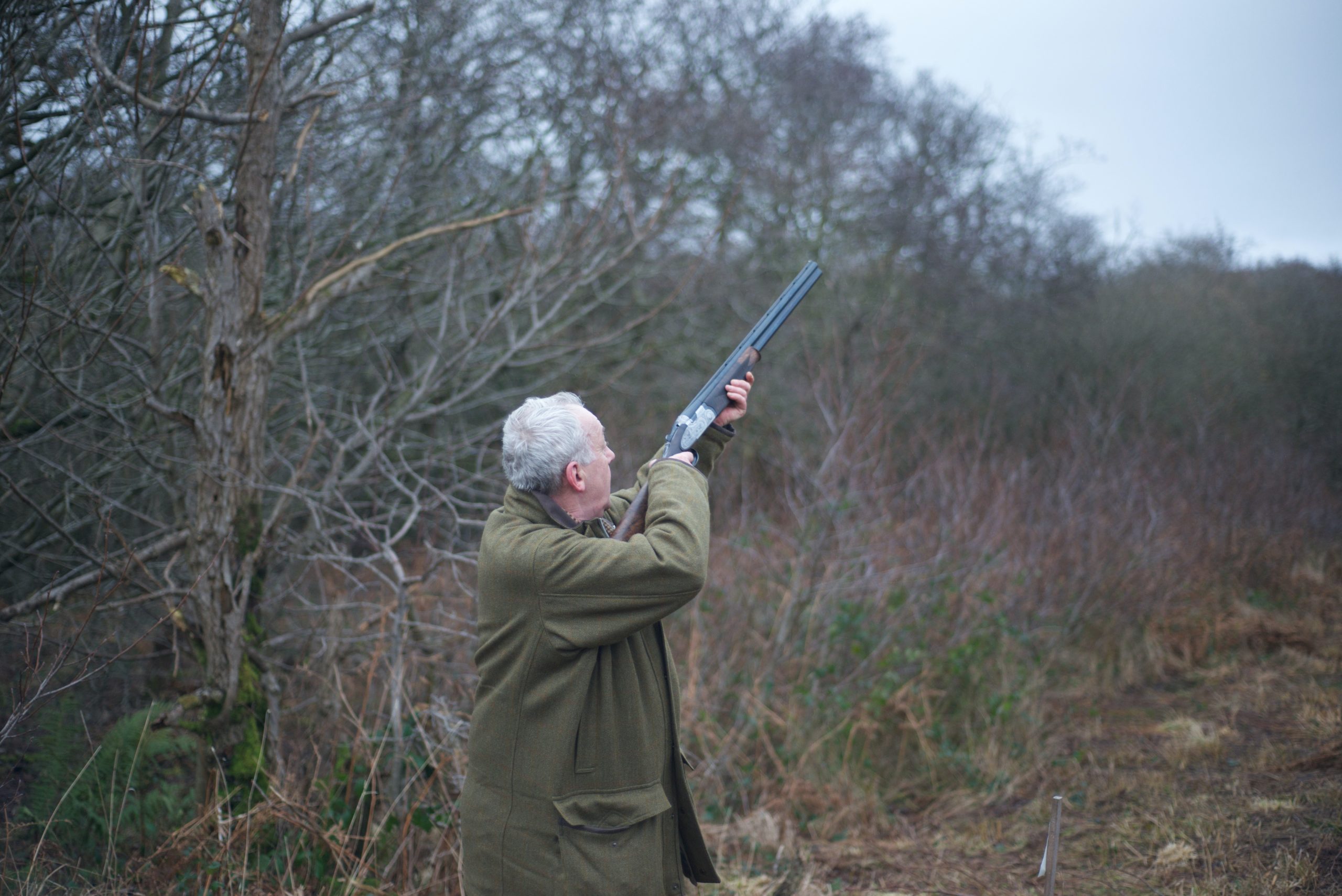In this series, we’re interviewing users of Re-View to understand how they’re using asynchronous video to accelerate their businesses.
Today’s article covers how Jon used asynchronous video as a UX Research method to investigate how to increase the bookings on his website.
Hi! My name is Jon,
I’m the owner of a small adventure tourism business – clay target shooting – based in Victoria, the southern part of Australia.
As getting users to visit my company’s website and book an activity with us is crucial for the growth of our business, I’m always looking for ways to improve the user experience on my website.
I knew that by understanding the needs and preferences of my target audience, I could make targeted improvements that would drive more visitors to my site and ultimately lead to more people booking.
Importantly, I’d never conducted a research project before, but the results were impressive, so I’ll be sure to do it again!
The research project took me about a week to complete. After the changes to my website were implemented, I was able to increase the number of people booking an event with us by almost 10%.
Let me share how I did it.
What was the UX Research Project?
I wanted to better understand what people thought of my website. To gather valuable insights into the user experience on my website, I decided to conduct a UX research project using asynchronous video feedback I collected on Re-View.
The approach I used was to ask people who had been on my website before to complete a task – in this case was to find a particular button on my website and click it – followed by asking them for feedback through written comments and a video response.
Why Use Asynchronous Video as a UX Research Method?
I chose this approach to conducting my first ever research study because the asynchronous video allowed participants to provide feedback at their own pace. This was important given I’m busy running a business, and don’t have much time to spend taking calls about research. It also allowed me to gather a larger volume of responses – which is great because it meant I got a broader perspective on my website. And finally, the reason I thought asynchronous video would work well as a UX research method was because it took some of the pressure out of the situation, and made it less stressful for me to run and organise.
By getting videos of users immediately after they have navigated my website and completed a specific task, I was able to get a detailed understanding of their thought process, their emotion, tone of voice and body language, as well as any challenges they might have encountered moments after they actually did it. I wouldn’t have been able to get this kind of detail had I relied on text responses alone, which is another reason video is so powerful!
Project Set Up
To set up my asynchronous video UX research project, I first determined the goals of the project and identified the specific areas of my website that I wanted to gather feedback on. This included the overall design and layout, the navigation and organisation of content, and the functionality and ease of use of finding various features. So basically everything! But the main thing I wanted to optimise for was getting more bookings on my website. Sales is what keeps me in business, so that’s my number one focus.
With these objectives in mind, I chose from Re-Views template library of UX research questions and chose to ask participants a variety of open-ended questions that would be able to gather the greatest amount of information. These are the questions I chose.
Introduction:
Please take a few minutes to go to www.cobaw.com. Please look at all the pages. While on the website, please find the ‘book now’ button, and click it. After you have done so, please come back and answer the following questions.
Questions:
- What did you like most about the website? Why?
- What did you like least about the website? Why?
- Were you able to easily find the ‘book now’ feature? If not, where would you expect it to be on the website?
- If you could wave a magic wand and change anything on the website, what would it be?
- On a scale of 1-5 stars, how would you rate this website overall? In as much detail as possible, please tell me why you rated it the way you did.
UX Research Participants
I began by sending my Re-View link via email to a diverse group of customers on my email list, offering a 10% discount off their next experience if they participated in the research.
To my amazement, I got over 30 responses!
Analysing The Asynchronous Video Responses
After collecting the responses, I spent several days carefully reviewing and analyzing the asynchronous video responses I’d received to identify common themes and patterns. In total, I had received 30 video responses from participants, which gave me a rich source of information to work with.
As I went through each response, I took detailed notes on the specific challenges and issues that participants had encountered while using my website. I found that a significant number of users had difficulty finding the “book now” button that was prominently displayed on my homepage. Many participants also expressed frustration with the picture gallery, which they found confusing and difficult to navigate. In addition, several participants commented that they would like to see more diverse customers represented on the website, both in terms of appearance, age and experience with clay target shooting.
Taking Action On The UX Research Findings
Armed with this valuable insight, I made several improvements to the website, including reorganizing the navigation, making the book now button more much prominent and adding more photos to the home page.
I then sent the updated website to my customers who had participated in the research and was delighted to hear they thought it was a big improvement!
Summary Of My Experience Using Asynchronous Video as a UX Research Method
By understanding the needs and preferences of my customers and using asynchronous video feedback to gather their insights, I was able to make targeted improvements that had a tangible impact on my business.
I loved hearing from all my customers and the results are impressive, so it’s a project I plan to run again later this year.
Here are a few more articles from our blog, that we think you might enjoy.
UX Researchers Vs UX Designers. What’s the difference?
What’s it like to work in UX Research?

